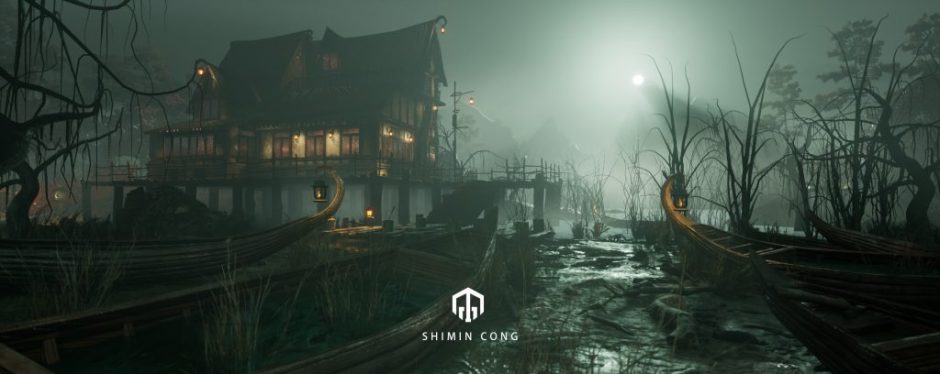Before I started writing, I did a lot of reading as well as lighting tests as a way to improve my theoretical knowledge of game lighting. Through reading books, I found that almost all of them emphasise that game lighting has to take into account the gameplay of the game. The atmosphere of the game is created by the close cooperation of all aspects of the game art. It is not something that can be achieved by a single effect or a single light. In my thesis on game lighting analysis I will therefore spend more time on the interactive nature of game lighting and its role in industrial production. A more objective view of the lighting process in immersive games.
Below are some key sentences that I have summarised after reading a lot of literature. It is easier to find the desired reference when writing by placing these sentences above. Phrases that have been used are marked in orange.


In addition, before writing I also did a scene lighting test in Unity, which on the one hand was to experience the process of creating lighting for a game. On the other hand, I wanted to familiarise myself with the new game engine. Before that I was using Unreal.
To better experience the effects of lighting. All models in this scene are coloured white. However, the roughness information is also retained as well as the Normal information.In which the production ideas are broadly divided into three parts.
- 1.Linear fog as well as ambient light
- 2.Reflection Probe
- 3.Direction/Point/Spot Light
The four pictures below present 3 different shades as well as the atmosphere. The main colours are controlled entirely by the lighting and fog. This shows the importance of lighting in creating the atmosphere of the game.




